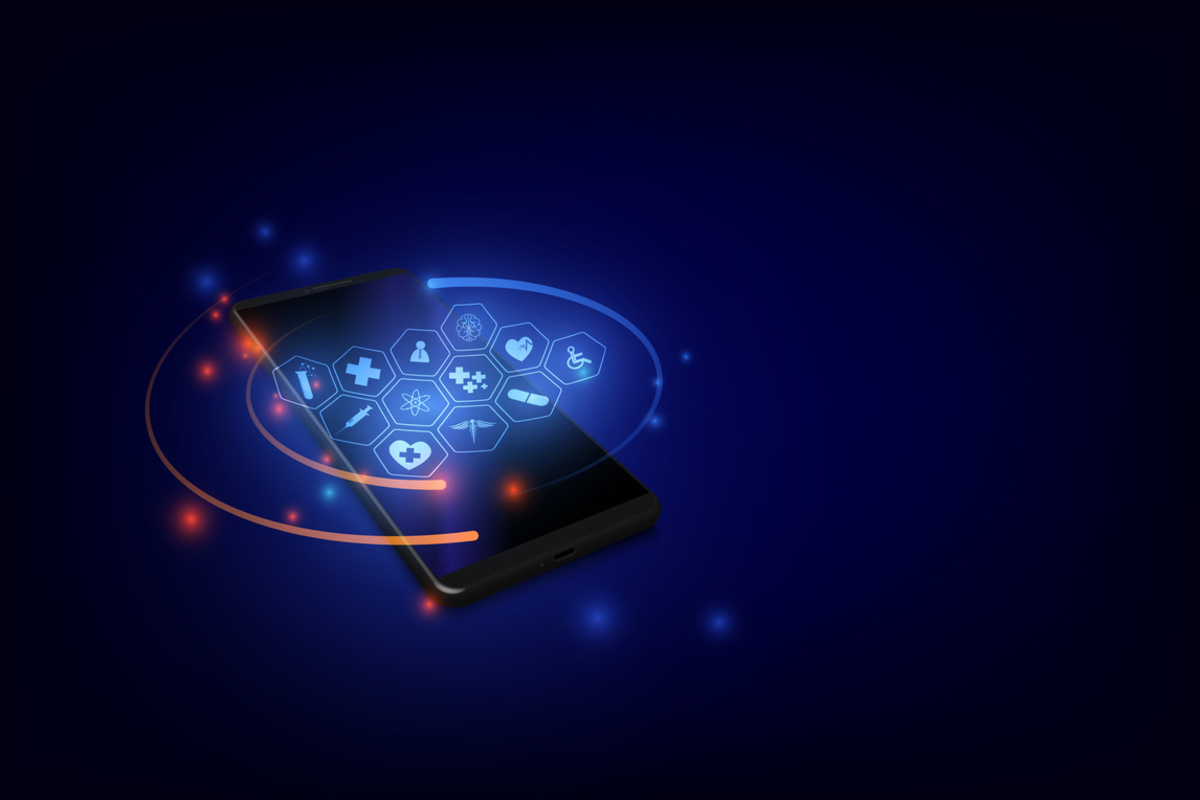The current coronavirus pandemic is slowly making us realize just how fragile healthcare systems are, and just how easily they can collapse when overloaded. All of us have been asked to help “flatten the curve” to prevent their total breakdown.
Healthcare systems aren't teetering on the edge because doctors, nurses, and other medical staff are doing their jobs poorly, but because healthcare systems simply aren't designed to treat that many people at once. It’s not that critical patients can’t be treated, but there are simply not enough resources to treat them all simultaneously.

While the demand for mechanical ventilators skyrocketed lately, there is a lack of medical staff qualified to use them, with a number of doctors and nurses already exhausted in their efforts to care for these new patients, as well as regular chronic patients and emergencies at the same time.
Telemedicine: Digital medicine is still medicine
Remember when you first started working from home, and realized that many of those meetings could have been an email instead? Well, telemedicine is something similar to that.
Some health systems have already started with self-triaging tools, where patients self-check for symptoms before talking to a doctor. Some gadgets are already available on the market that measure and track your temperature!
Naturally, not all appointments can be organized in this fashion, but the idea is that patients in need of a consultation or just a prescription can contact their regular doctor without leaving their homes. This has yet another potential advantage: imagine the carbon footprint reduction if this system was functional worldwide!
These ideas can integrate in many other branches of medicine. Radiology, for example, is one of the fastest-developing medical disciplines, and because it uses medical imaging to diagnose diseases, radiologists don’t need to be present in the room, or even the same building as a patient. This makes teleradiology a valuable diagnostic tool.
For instance, when COVID-19 first emerged in my country, all of my colleagues started sharing their patients’ pictures for us to get a better understanding of the imaging characteristics of this disease.
Of course, legal and ethical regulations will have to be put in place, because medical data is a very sensitive issue. In its digital form, it is especially vulnerable to some forms of identity theft, or any other mishandling of personal data caused by hacking into your medical account.
Better understanding of the health system
The current COVID-19 pandemic has put medical staff in the limelight. Social media is flooded with pictures of support for doctors and nurses everywhere fighting for the ultimate cause. News reports write about their experiences, problems, and accomplishments, and you may have also heard the applause in your neighborhood, expressing gratitude to them every day.
This trust, formed in a union against a common enemy, may help restructure the health and educational system as we know it today. For example, because of this pandemic, people are now more familiar with terms such as “exponential growth” or basic concepts of immunology. In the future, this method could be useful in fighting medical charlatans and conspiracy theories, like the one that vaccines cause autism.
More efficient use of public health services
Today’s public knowledge of how virus particles spread, along with measures of social distancing, has the potential to change the world as we know it. People have seen that this situation brought some unpopular measures, such as self-isolation, but this in turn gave birth to some new forms of behavior. People are slowly but steadily learning that the key to staying healthy lies in prevention, maintaining basic hygiene, and obtaining reliable information.
Therefore, it is important to reinforce that mindset by further educating the general population. This type of education may help in stabilizing the health system by minimizing bureaucracy and unnecessary appointments at the doctor’s office, therefore prioritizing patients in real need, with the ultimate goal being to restore the capabilities and efficiency of the health system.
- Photo courtesy of SteadyHealth


Your thoughts on this